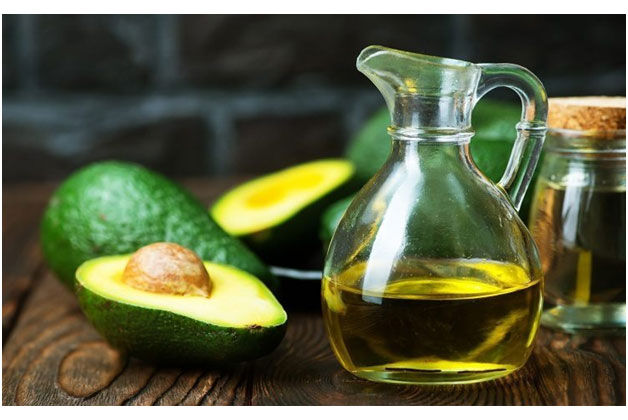A quick Google search will turn up some awesome studies on exactly what properties each cooking oils have. I have read many of them, such as this one by Live Science and this one by Prevention. Below is a quick rundown of my findings.
Things I primarily care about:
- Smoke point: the temperature at which the oil begins to break down and lose nutrients. Higher smoke points are better for oils you’re cooking with.
- Cold-pressed or expeller-pressed: The oil is then processed in a way that retains aromas, nutrients and flavors that would otherwise be destroyed by heat.
- MUFAs over PUFAs: Olive, avocado, canola, sunflower, sesame and soybean oils are less sensitive to heat and oxidation that can be unhealthy for us.
Top picks:
- My top pick: Organic Avocado Oil
- Pros: High (400 Farenheit) smoke point, high in MUFAs, high in vitamin E, mild flavor
- Cons: can be expensive
- Second Choice: Organic Olive Oil
- Pros: High (375-470 Farenheit) smoke point, has antioxidant compounds, high in MUFAs, mild flavor.
- Notes: Extra Virgin Olive Oil should only be used for low heat applications; Virgin Olive Oil should be used for pan-frying, roasting and baking.
- Third Choice: ORGANIC Canola Oil
-> I’m almost nervous to recommend this. Almost all canola grown in the US is genetically modified, please choose organic if you want to avoid GMOs.- Pros: High in Omega 3s, mostly MUFAs, high (400 Fahrenheit) smoke point.
- Cons: Non-organic canola oil is most likely genetically modified and processed using a chemical solvent called hexane. Buy organic to avoid GMO and hexane.
* If you click through those links to make purchases on Amazon you help us out, too! As an Amazon Associate, For Goodness Seyks earns from qualifying purchases when you use any of our affiliate links!


